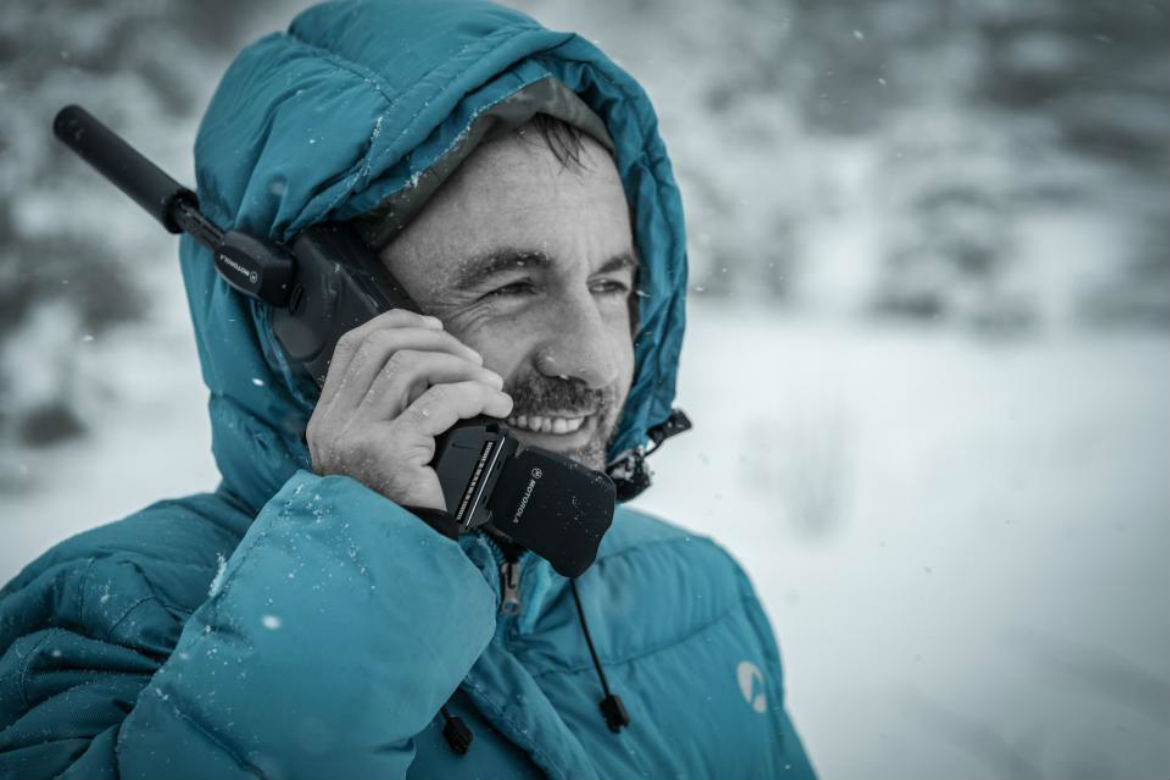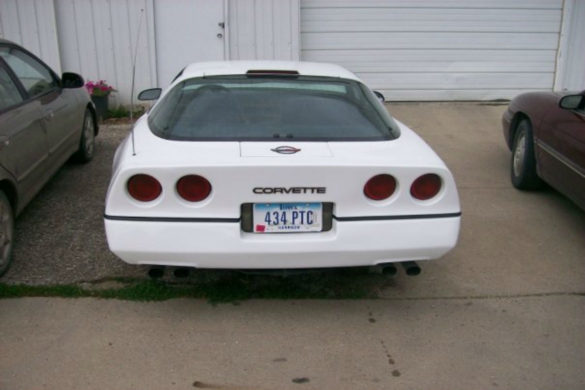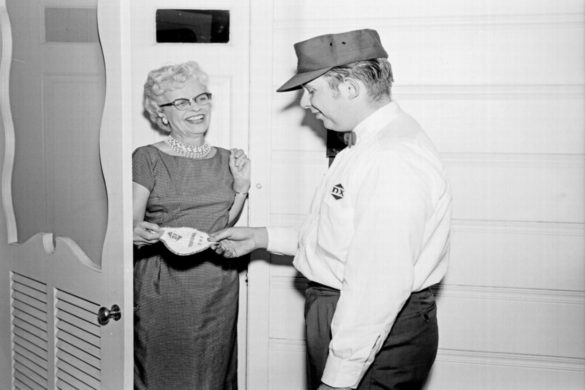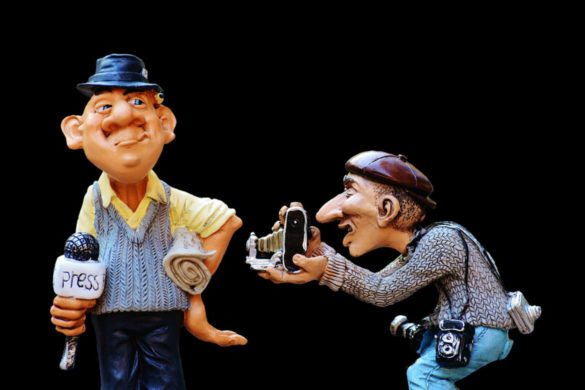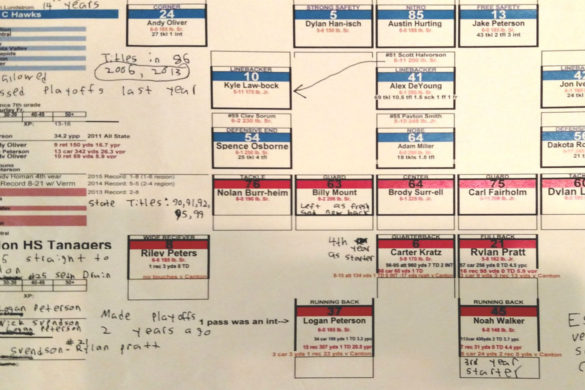Spring has sprung! In most parts of the country that means mild weather with sporadic rain showers. In South Dakota, we’ve gotten three inches of snow, torrential rain, and today it’s 85 with 25 mile-per-hour wind gusts. The old saying is if you don’t like the weather here, wait ten minutes and it will change.
This time of year is my down time. I do half a season of a semi-pro indoor football team and that’s it. However, following friends on social media covering games in all kinds of conditions got me thinking about how I’ve had to rig my equipment to survive challenging weather conditions in the past. I’m also interested in the experience of others who have handled similar situations in different ways.
Rain: When broadcasting outdoors rain can be hazardous. Not only is it uncomfortable, but also can severely damage equipment. Ideally, you can set up inside a press box, but sometimes that’s just not in the cards. The next best thing is to bring a tarp/tent to cover yourself and the equipment. If it’s not too windy this works well. If the wind is too strong for a tent, “Don’t get mad, get Glad!” I always keep several trash bags in my equipment case for exactly this situation. Put all of your equipment inside of the trash bags taped down with gorilla tape. Plastic paper protectors are your friend when it comes to keeping your prep from turning into a rainbow of mushy pulp. Also, if you don’t have a rain jacket, a trash bag can turn into a makeshift poncho to keep yourself dry.
Extreme Heat: The first key in my eyes when it comes to extreme heat is to keep yourself cool and hydrated. It goes without saying to not count on the host to provide water. Either bring a cooler or enough cash to grab some at the concession stand before the game. Also, as a general rule, I believe in wearing nice slacks and a collared shirt. However, if it’s really hot and you know you’re going to be outside, sometimes you have to dress down to stay cool. Khaki shorts and a Dri-fit polo are my go tos. Heat can be bad for equipment as well, especially laptops. A cardboard box can be a great tool to keep your equipment a bit cooler and out of the direct rays of the sun.
Wind/Dust: I covered my very first softball many years ago sitting behind the backstop with a card table. The game conditions were warm and dry, but the wind was blowing in at 30+ mph from dead center. It caused difficult broadcasting conditions that I wasn’t prepared for. I had to scramble to find rocks and other objects heavy enough to weigh down my papers, because this was the first and last outdoor game where I did not have duct tape in my broadcast kit. Also, strong wind can really be a nightmare on a headset mic. If it’s not too hot the best way I’ve found to block the wind is to wear a heavy jacket over your head, Sith lord style, and let the jacket block the wind. If it’s too hot, then holding a clipboard or sturdy folder at the side of your head can also be an effective wind block. Finally, dust in the air can be an issue, especially in baseball/softball. Dust does bad things to computer keyboards. The same cardboard box used to block your equipment from the sun can also be used to protect it from dust.
Snow/Cold: In South Dakota, I’ve never actually seen it snow in June or July, but it wouldn’t surprise me. That being said, it’s at least a yearly occurrence where I end up with an outdoor setup with wind, snow, and/or extreme cold. When this happens, tape and trash bags are crucial to keep equipment dry. However, when this happens, it’s more important to keep yourself warm. Layers, hat, gloves, and even extra socks can be helpful. Sporting goods stores sell hand warmers that go inside of a pair of gloves for extra warmth. Also, they make mittens where you can flip the top finger covers back, write notes or stats, and flip it back over when it gets too cold.
——————————————————————————————–
Sometimes, when conditions become overly challenging you just have to grin, bear it, and get through a broadcast the best you can. I’m curious to hear about the experiences of others and how you’ve managed to solve problems that arise from challenging weather. Please share your stories in the comment section below.

